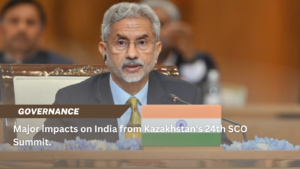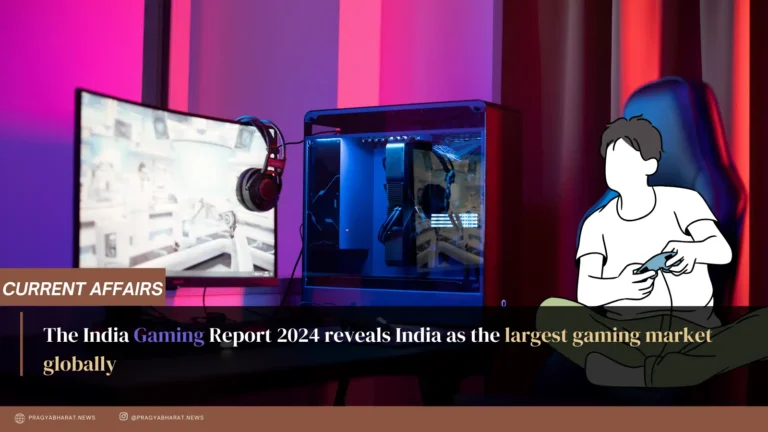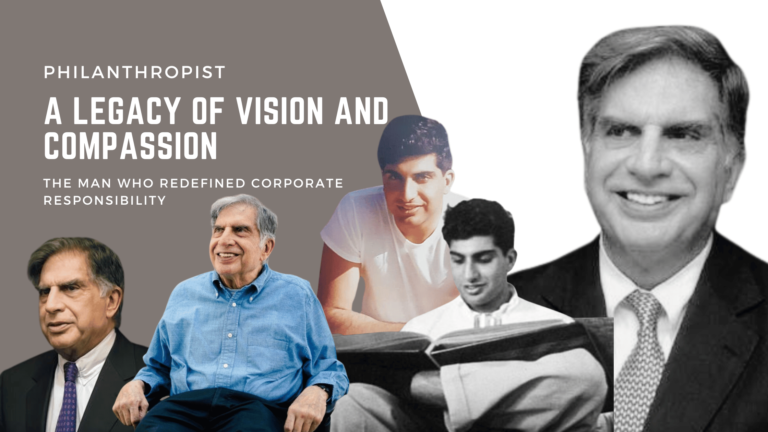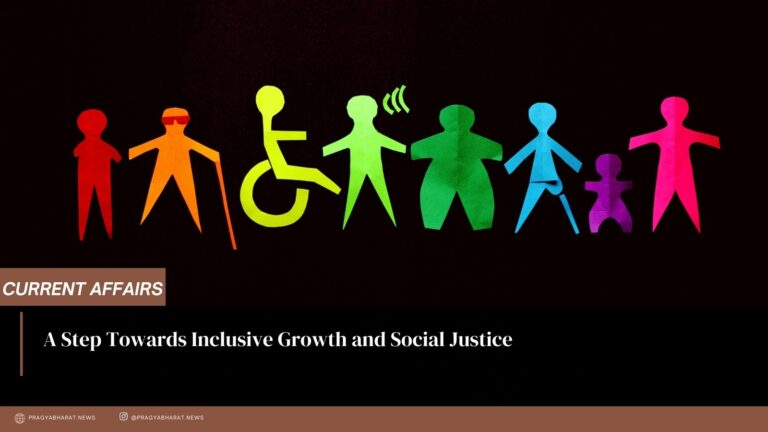By Shweta Patil
Virtual reality (VR) remains to become the strongest component in the entertainment and media industry, as stated in the 2017 Global Entertainment and Media Outlook forecast. According to the projection, 68 million VR headsets will be used in the United States within three years, It is increasing the VR content revenue to $5.0 billion.
These forecasts reflect the industry’s growing interest in adopting immersive VR experiences for the purpose of providing audiences with engaging content. The status of journalism is currently in doubt, despite the fact that this may sound very promising.
Social media’s broad use has led to a rapid proliferation of fake news, which calls into question the industry’s overall reliability. Every link shared on social media, video seen, and article of news read is being double checked. The news industry has been destroyed by the manipulation of both still and moving pictures. When a picture is used as proof for something, people don’t trust it. Our issues are changing and becoming more complex as we do.The news industry is increasingly using virtual reality to reclaim their credibility. Because it gives viewers an additional sensation of participation, virtual reality is essentially advised. Putting viewers at the heart of events that give them the impression that they are directly participating in the event is a sensible way out to rebuild the damaged trust. Is it really as simple as it seems?
Is virtual reality a problem for Journalism?
The emergence of VR has made it harder for journalists to do their jobs. The role of a journalist is to remain objective and present the views of all parties involved in the continual communication flow between news organisations and the general audience.
The job of a journalist is now even more difficult with the advent of virtual reality in the news sector. For instance, zooming in or cropping a scene while using a VR camera will introduce bias. Here, the key question is how far a journalist may extend the notion of transparency in a virtual reality environment. Although you may have cropped the item as it was unnecessary, the viewer may have needed to see it.
Additionally, there would be certain moral difficulties. To have viewers virtually experience a scene of blood, death, or other upsetting news events, for instance, in a world that is becoming more violent, is it really appropriate?
James Pallot, co-founder of VR storytelling pioneer Emblematic Group, faced an ethical dilemma. VR can be a journalistic tool that allows consumers to transcend time and space. In 2016, philosophy professors published a paper titled Real Virtuality: A Code of Ethical Conduct.This paper pointed out that VR is a “powerful form of both mental and behavioural manipulation” that could be tricky, “especially when commercial, political, religious, or governmental interests are behind the creation and maintenance of the virtual worlds.” In a few years, virtual reality will begin to simulate news events using images of newsmakers that will be indistinguishable from the actual people. Douglas Rushkoff argues that immersive VR documentaries do not qualify as journalism at all. In some ways it exacerbates the sense of power that privileged people can feel over less privileged people.
Does the media sector have anything to gain from Augmented Reality (AR)?
The good news is that lifelike and engaging activities are not only available in virtual reality. AR can be utilised to convey content in the entertainment and media industries.AR is appealing to those who desire to explore the environment and experience action through the use of AR technology to enhance their real-life experiences. However, virtual reality is still the best for people who choose to stay in their homes and travel across different worlds using a VR headset
If you remember AR from Snapchat or the Knightfall™ AR game , it was used to overlay animated effects on selfies. Now, AR can be used to enhance a variety of other parts of our experiences and surroundings.Interesting newspaper features that move readers beyond the written page include augmented reality. It allows users to view unexpected content like videos, animations, or other media that appears to be on a newspaper page.
As augmented reality is already widely accepted by the public in the form of movies, television, and applications, this is a promising beginning for the news industry. The people has already shown a positive response to the idea. The most crucial factor is that AR’s ability to enhance pertinent environmental elements while attenuating irrelevant ones can produce compelling material.
Is there any future for VR and AR in the media industry?
When it comes to utilising cutting-edge technology to connect with their audiences, the media and news sector never falls behind. The audience can be dragged further into the news content by using AR and VR. Additionally, they will be able to get a first-person perspective on the news topic. This is a significant shift for traditional news media and needs to be treated seriously.
The rising consumer desire for live, immersive, and shareable experiences is defining and driving the next phase of distinction in entertainment and media, according to Deborah Bothun, Global Entertainment & Media Leader at PwC. Customers want to be more intimate with, involved in, and connected to the tales they love in both the digital and physical worlds.
Also it is a common perception that AR/VR are isolating individuals from the real world rather than connecting them to it. The main purpose of the news industry is to keep an individual connected to the events that are happening around him. This example clearly explains why VR is not isolating but connecting individuals from distant locations and letting them share experiences.
Virtual reality has a lot of potential, and if it’s used to engage audiences with narratives, it will increase empathy for tragic events taking place around the globe. It has the ability to exert pressure and compel people to go beyond and beyond their comfort zones. We only require one another’s support and empathy in the current world situation. In our current reality, this will address 50% of the issues.
Studies show that exposure to virtual reality increases our memory of learning and improves our ability to apply it. That is the power of VR, and it is for this reason that immersive journalism can add a new layer to reporting, making it more impactful and unique.The media and entertainment sector must now reconsider how to integrate AR and VR into their current framework.


















